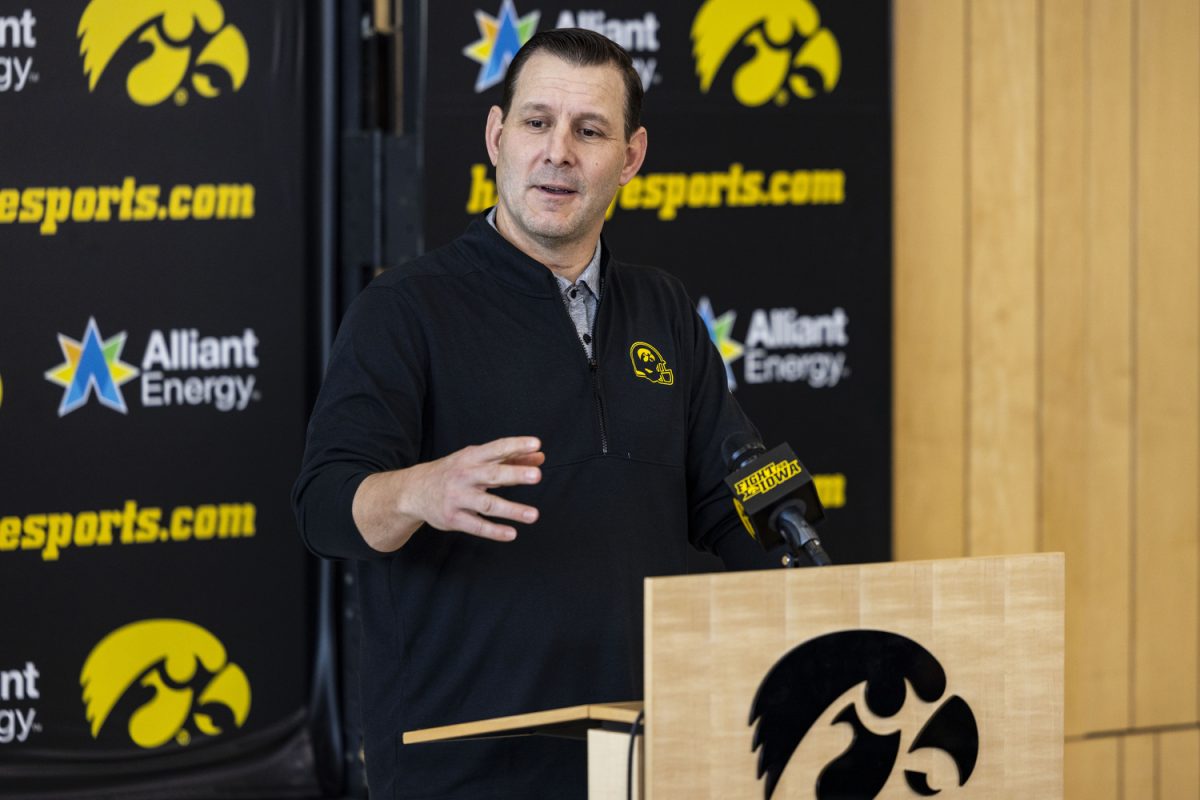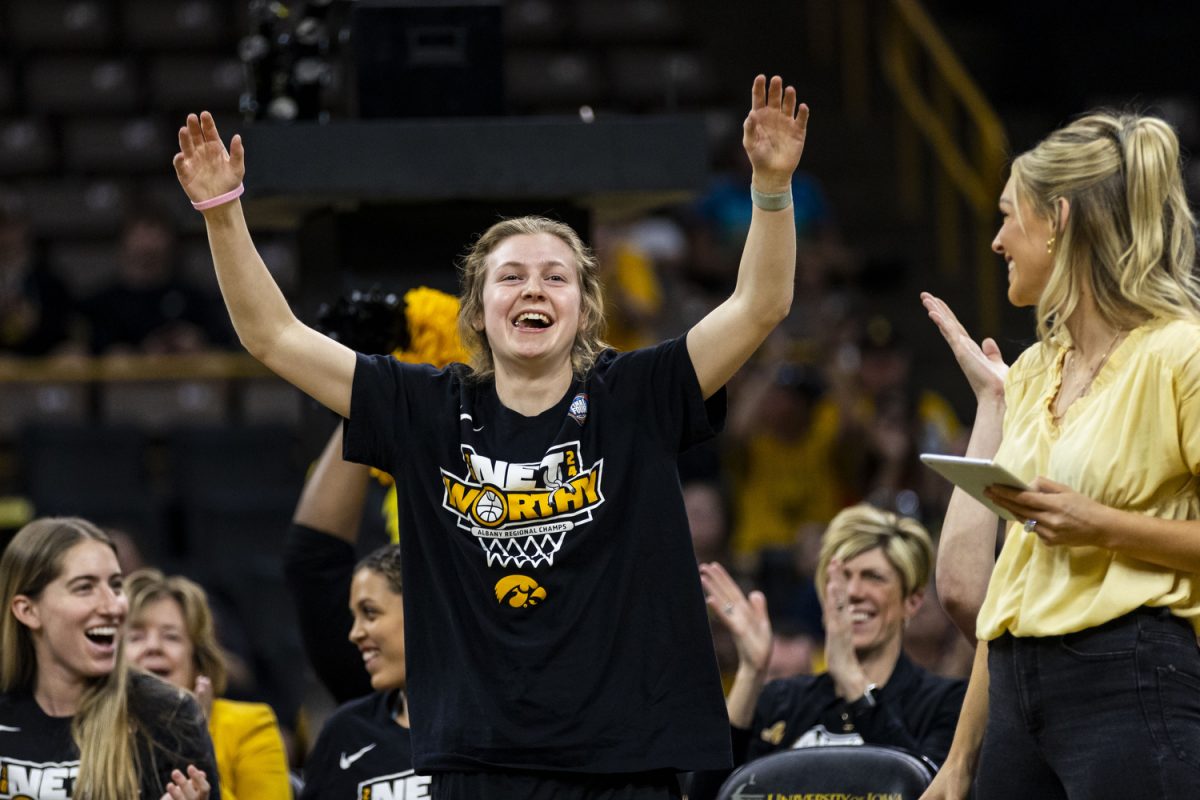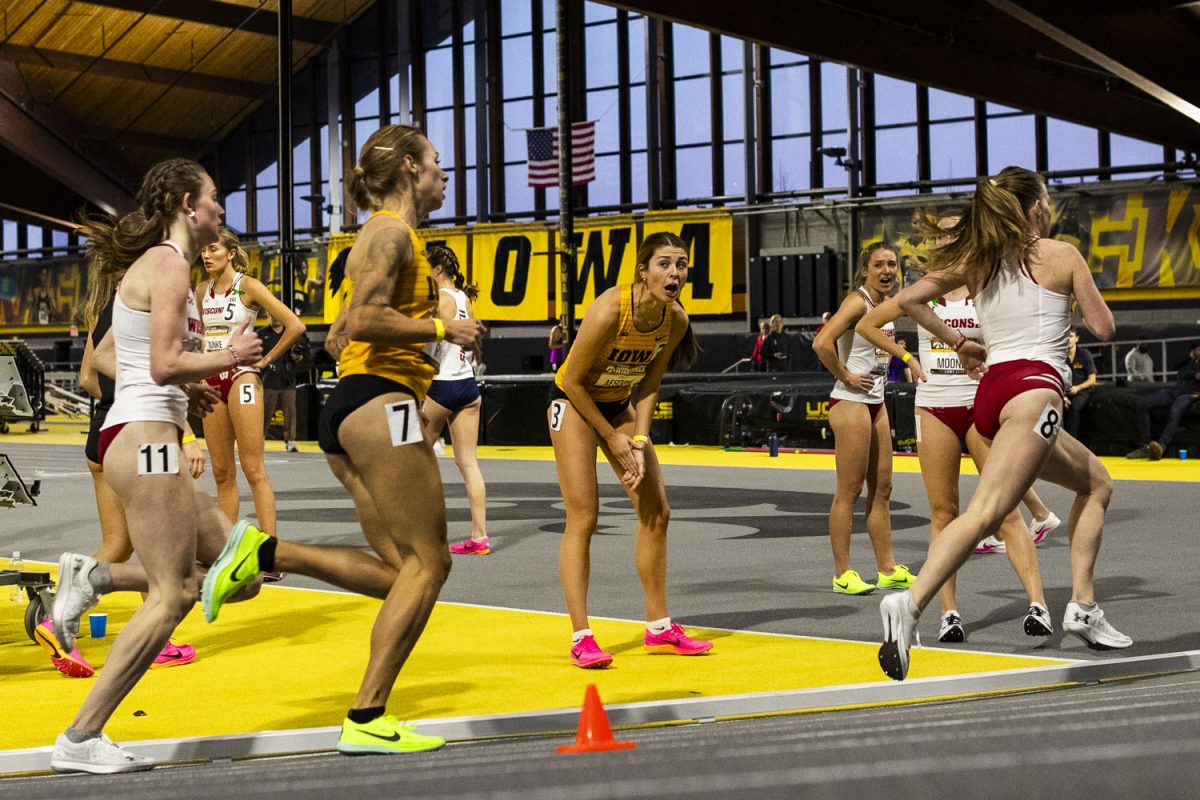Junior Seau’s recent death has once again sparked conversation about concussions and their effects on the athletes of today and the retirees of tomorrow.
It’s easy to assume football is the college leader in concussions. The fans and, in some cases, the media, embrace the hard, jaw-dropping hits the sport regularly delivers.
But a 2007 study done at Ohio State begs to differ. Luke Gessel, who led the study, found women’s soccer leads all other college sports in terms of the number of concussions recorded.
Gessel — now a resident at the University of Iowa Hospitals and Clinics — and his team specifically found that per every 1,000 athletics exposures, measured both in terms of practice and live competition, women’s soccer had a rate of .63 concussions. College football had a rate of .61 concussions every 1,000 exposures.
"Generally speaking, the medical profession does not do a very good job in recognizing that female athletes sustain concussions at an equal or even higher rate as males," concussion expert Dr. Robert Cantu of Brigham and Women’s Hospital in Boston told the New York Times in 2007.
"It’s flying under the radar. And as a result, looking for concussions in women is not pursued with the same diligence, and it’s setting girls up for a worse result."
The headline of the story itself said enough to inform any reader of the problem: "Girls Are Often Neglected Victims of Concussions."
The most frequent cause of concussion, according to both college and high-school athletes in the study, came from headers and contact with the ground. Gessel agreed with those reasons and also pointed to women having a smaller head-to-ball ratio, or weaker necks, than male soccer players.
Iowa head soccer coach Ron Rainey told The Daily Iowan that he didn’t know the specifics about Gessel’s study, but spoke highly about the Iowa Athletics Department and how it deals with concussed athletes — especially his soccer players.
"Concussions are a hot-button topic," he said. "Our Athletics Department has done a good job of defining a concussion, and making sure our athletes follow protocol and communicate well with their trainers when recovering from a concussion."
Rainey said strong communication is the main reason his athletes get back to the field quickly following the injury. The six-year head coach said he thought Iowa was at the forefront in terms of dealing with concussions in women’s soccer that happen in all different forms; he has seen athletes collide, or fall hard to the ground.
Rainey is aware of the concussion problem — he has taken the liberty of adjusting his practice plans so his athletes stay healthy and don’t suffer from concussions under his watch. He said he and his staff will sometimes take air out of the soccer balls when his team does repetitive header drills during practice.
Rainey said he does this for his athletes’ protection, because he doesn’t want to see a concussion — or any injury — affect his athlete’s performances.
"Concussions can come at different levels," he said. "I’ve only seen about five to seven over the last six to seven years … We do whatever we can to protect our athletes."






